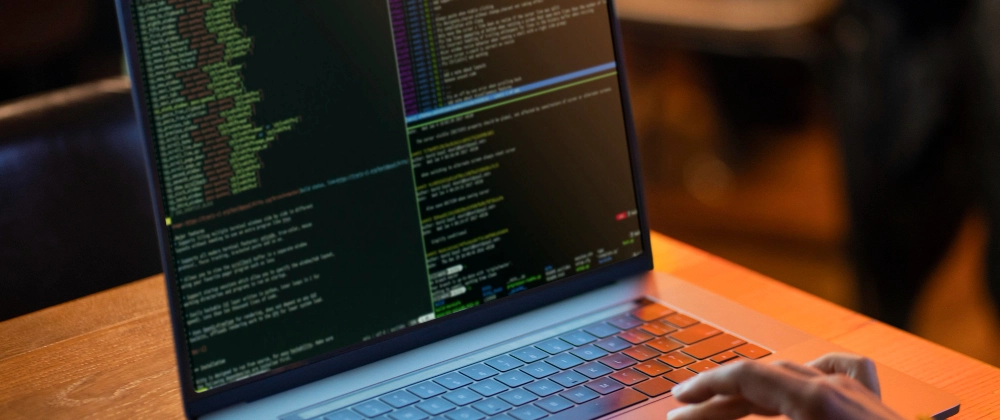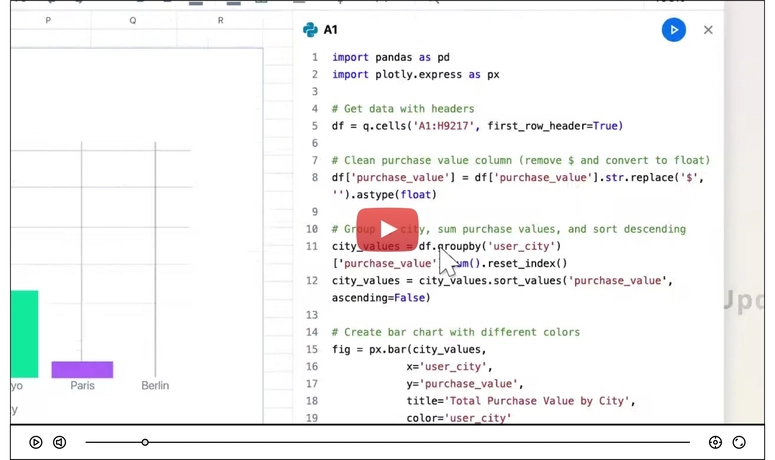Every software developer will inevitably come across special characters at some point in their career. By 'special', I refer not to mathematical symbols or letters from various scripts and languages, but rather to characters that are essential for text formatting. Have you ever heard of terms like 'non-breaking space' or 'zero-width space'? In this guide, I'll introduce you to some commonly used formatting characters and explain how they tackle specific formatting challenges. Let's dive into the details!
Why Do These Special Characters Exist?
Special formatting characters serve a fundamental purpose: to structure and format text. Below are key reasons for their importance and necessity:
Limited Control Over Styling: When working with third-party libraries, widgets, or CMS platforms, directly modifying CSS or styling rules may be restricted or impractical.
Cross-Platform Consistency: Different platforms may interpret styling inconsistently, making special characters a reliable fallback for uniform presentation.
Semantic Meaning: These characters provide both visual formatting and semantic clarity, enhancing readability and structure.
Simplicity & Performance: In some cases, inserting a special character is quicker and more efficient than writing or modifying multiple lines of code.
Text-Based Systems: In plain-text environments (terminals, logs, or legacy systems), special characters ensure basic formatting where advanced styling is unavailable.
Formatting Characters You Should Know
Below is a list of the most commonly used formatting characters in software development:
Non-breaking space: Prevents line breaks between words or elements.
Soft hyphen: Suggests a hyphenation point but only displays when needed.
Zero-width space: An invisible separator for line breaks without a visible space.
Zero-width joiner: Combines characters that would normally not connect (e.g., in complex scripts).
Zero-width non-joiner: Prevents ligatures or connections between adjacent characters.
For more details on formatting characters and Unicode, this resource may be useful.
Things We Should Be Aware Of
Special formatting characters, when used in the user interface (UI), generally work fine and do not cause issues. However, when handling free-form or user-generated text, we should be mindful of these characters, as they may lead to processing challenges.
These characters are often invisible yet still part of the text. If implementing search functionality (string comparisons) or performing analytics (such as term frequency analysis), it is recommended to preprocess free-form text before further operations.
"How does a programmer feel after long debugging sessions only to find out that a non-breaking space was the issue? Broken."
Conclusion
In this guide, I've detailed the practical applications of special formatting characters in software development. While the focus has been on developers, these characters can also be valuable for content creators, marketers, and other professionals working with digital text. May these characters save you time and simplify your text formatting tasks!





Top comments (1)
Thanks for sharing this!